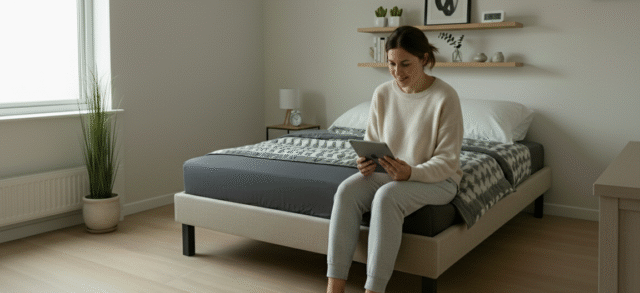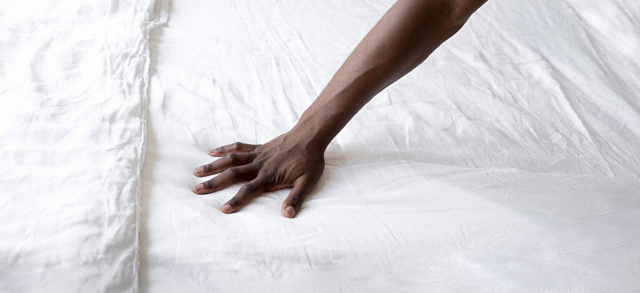Sleep plays a crucial role in our overall health and well-being. Yet, many adults struggle to get the quantity and quality of sleep they need. The causes can be numerous: stress, anxiety, busy schedules, or simply inadequate sleep habits. Fortunately, physical exercise can be an effective solution for improving sleep quality. Here’s how exercise can help adults sleep better.
1. Reduction of Stress and Anxiety
Physical exercise is well known for its beneficial effects on mental health. By releasing endorphins, exercise helps reduce stress and anxiety, two major culprits of insomnia. A regular workout session can act as a pressure release valve, helping to calm the mind and prepare the body for a night of restorative sleep.
2. Regulation of the Circadian Rhythm
Our sleep-wake cycle, also known as the circadian rhythm, is influenced by various factors, including physical activity. Exercising, especially outdoors, exposes our body to natural light, which helps regulate our internal biological clock. This regulation can make it easier to fall asleep and improve overall sleep quality.
3. Increase in Body Temperature
Physical activity leads to an increase in body temperature. After exercise, the body’s temperature gradually decreases, which can promote sleep onset. This post-exercise temperature drop mimics the body’s natural process before sleep, signaling that it’s time to rest.
4. Improvement of Deep Sleep Quality
Regular exercise has been linked to an increase in deep sleep, also known as slow-wave sleep. This stage of sleep is crucial for the body’s restoration and recovery. Better quality deep sleep means waking up more rested and revitalized, ready to tackle the day.

5. Increased Energy and Healthy Physical Fatigue
Regular physical exercise increases energy levels during the day. This increased energy can make you more active and productive, and by the end of the day, you’ll feel a healthy physical fatigue. This fatigue helps you fall asleep faster and stay asleep longer, reducing nighttime awakenings.
6. Reduction of Sleep Disorder Symptoms
Sleep disorders such as sleep apnea and restless legs syndrome can be alleviated by exercise. Regular physical activity helps maintain a healthy weight, thus reducing the risk of sleep apnea. Additionally, specific exercises can help relieve symptoms of restless legs syndrome, making sleep more accessible and less disrupted.

Tips for Integrating Exercise into Your Daily Routine
- Choose an Activity You Enjoy: Whether it’s walking, jogging, yoga, or swimming, choosing an activity you love increases the likelihood of maintaining a regular routine.
- Stick to a Schedule: Try to exercise at the same time each day. Avoid intense workouts just before bedtime, as they can sometimes increase alertness and delay sleep onset.
- Listen to Your Body: Don’t force yourself to do intense exercise every day. Vary the intensity levels and allow yourself rest days to let your body recover.
To conclude, physical exercise offers multiple benefits for improving sleep quality. By reducing stress, regulating the circadian rhythm, enhancing deep sleep quality, and promoting healthy physical fatigue, exercise can be a natural and effective solution for adults seeking better sleep. Adopt a regular exercise routine and transform your nights for restorative and revitalizing sleep.






